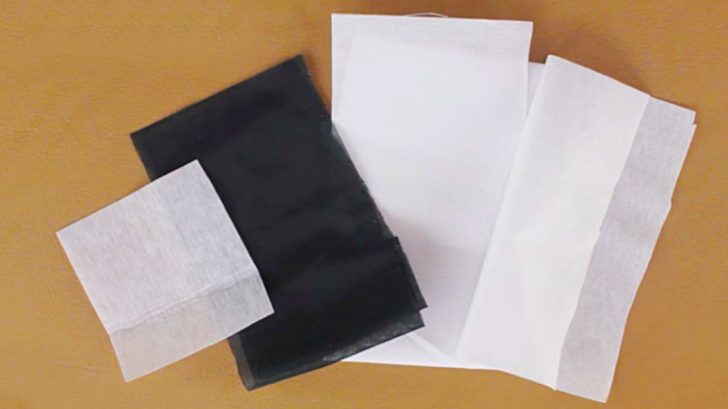Interfacing is a material used to give strength, shape, or support to your projects. You can use it for a wide array of projects, and anyone who sews or quilts should know what it is and how to use it.
There are many types of interfacing, including:
Fusible
Fusible interfacing is super simple to use, since it’s heat activated and adheres to wherever it’s placed. This is the interfacing of convenience.
Woven
This type of interfacing has no stretch and works well with woven fabric.
Nonwoven
There’s no grain line to this so you can cut it in any direction, plus it resembles felt or fleece.
Sew In
If you can’t iron the fabric, then this sew in interfacing is the way to go.
Knit
This stretchy interfacing is used when you are using a knitted fabric (jersey, double knit, etc.)
Along with types of interfacing, there’s also weights, like:
Lightweight/Featherweight for delicate and thin fabrics to add structure.
Mid-weight works for almost any project, but double check with the manufacturer’s label to see what your interfacing can be used for.
Heavy is great to use on thicker projects, like hat brims.
The weight of your fabric is a good indicator for the weight of interfacing you should use, but keep in mind the interfacing should be a bit lighter than the fabric itself.
__________________________________
Need help selecting the one? Check out Professor Pincushion‘s video below then you’ll be an expert in no time!




